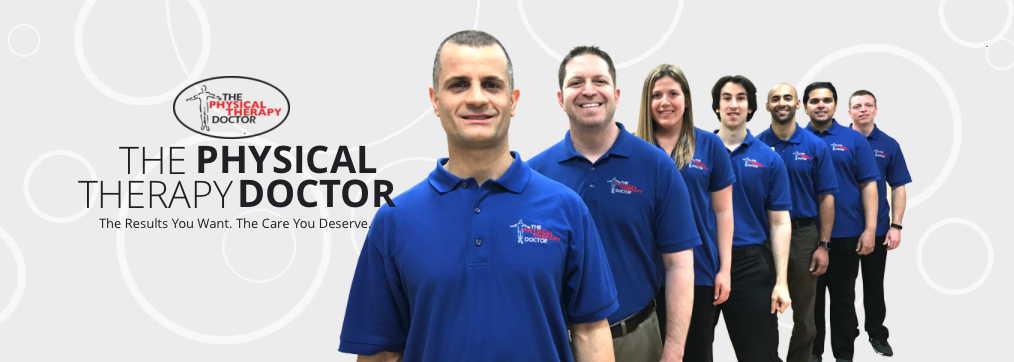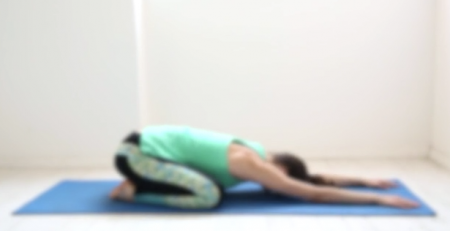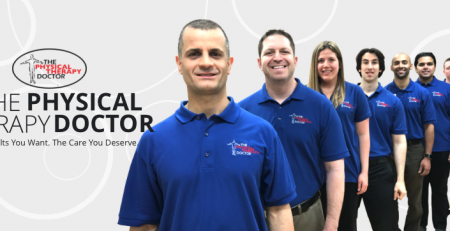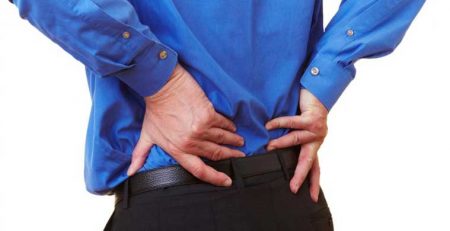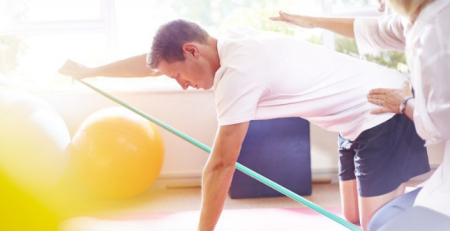Physical Therapy Crucial To Sports Injury Recovery
Sports injuries have sidelined many athletes for games, seasons, and worse, careers.
Injuries are common while participating in organized sports, competitions, training exercises, or fitness activities.
Poor training methods, inadequate warm-up, and lack of conditioning are a few of the causes of sports injuries.
“Injuries can be caused by a combination of those things without necessarily being the only reasons,” says Apostolos Theophilou, DPT, clinical coordinator of the Physical Therapist Assisting program at South University. “Fatigue and overuse are also significant contributors to an injury, and not excluding also the psychosocial aspects and dehydration that cause athletes to be prone to injuries.”
Coping with sports injuries often requires physical rehabilitation. Physical therapy helps people rebuild strength and movement in parts of their body after an injury. Therapy can also help someone manage pain and prevent permanent damage and recurring problems.
Each sport carries its own risk of injury for the athlete.
Physical therapists are trained to help patients recover following an injury. As part of physical therapy, they can teach exercises, stretches, and techniques using specialized equipment to address problems.
“Physical therapists will examine a patient to determine if there are weak or inflexible muscles in the body that could make you more prone to an injury,” says physical therapist and athletic trainer Dr. Trent D. Stone, who is the director of rehabilitation at Effingham Spine & Sport in Rincon, Georgia.
Common Sports Injuries
According to the National Institutes of Health, the most common sports injuries include sprains, strains, knee injuries, swollen muscles, shin splints, fractures, and dislocations.
“Athletes participate in a wide spectrum of sports,” Theophilou says. “Each sport carries its own risk of injury for the athlete.”
These injuries should be appropriately addressed in order to keep the athlete safe. It is useful to examine the biomechanics of an athlete participating in a particular sport, therapists say.
“This is actually very useful for repetitive-motion athletes like golfers, baseball’s pitchers, and tennis players,” Theophilou says. “These are different sports, although they share similar biomechanical concepts. During their games, these athletes have to constantly go through the same motion, putting the same body structures through the same stress.
“This motion often involves some sort of a loading or pre-swing phase, some sort of swing phase or throwing phase, and finally the ‘follow-through’ phase.”
It is common for these athletes to develop similar injuries such as lateral epicondylitis (tennis elbow), inflammation or pain on the outside of the upper arm near the elbow; medial epicondylitis (golfer’s elbow), inflammation or pain on the inner side of the upper arm near the elbow; or “Tommy John” injury for pitchers, which is an injury to the ulnar collateral ligament in the elbow.
The biomechanics of these players need to be very precise during the game to avoid an excessive load of forces distributed to the wrong or same anatomical structure, Theophilou says. For example, pitchers will focus too much on a particular anatomical part, such as the elbow, and neglect to appropriately use their legs. Thus the elbow now has to deal with over-excessive forces. In addition, athletes may neglect or struggle with a particular phase of their motion and expose a specific anatomic structure more.
Sports Injuries and Treatment
Physical therapists need to understand the involved and injured structure and the extent of the injury before treating it.
Rehabilitation of an injured athlete should carefully be evaluated on a daily basis. Injuries are time dependent, which means that the normal healing process follows a pattern of the acute phase, subacute phase, and chronic phase.
“Each phase dictates a different treatment approach and it is the physical therapist’s responsibility to accurately diagnose which phase and what treatment the patient should receive,” Theophilou says.
The acute phase involves the R.I.C.E. (Rest-Ice-Compression-Elevation) principle, which allows for healing to take place and controls inflammation.
“Recently, the letter ‘P’ was added to this acronym, ‘PRICE,’” Dr. Stone says. “The ‘P’ stands for protection and the ‘RICE’ principle has been around for quite some time now, but major advancements have been made recently in the area of prevention.”
The subacute phase also is a control motion phase, however, the athlete may carefully perform an active-assisted range of motion exercises and strengthening exercises. And the chronic phase is a return to function phase in which the athlete progressively returns to pre-injury workout routines.
“Through the years, therapists have been successfully able to log the ‘steps’ for each phase, thus now we have collective treatment protocols that have a complete analysis of what activities and treatments the athlete should be receiving based on his current phase,” Theophilou says.
In addition to injuries to muscles, joints, and bones, concussions are a hot topic in sports today. A concussion is a traumatic brain injury that may result in bad headaches, an altered level of alertness, or unconsciousness. It may result when the head hits an object or a moving object strikes the head. Athletes in all sports are at risk of a sports-related concussion, but the most at risk are athletes who participate in football, boxing, hockey, rugby, and snow skiing.
Concussions are one of the most difficult-to-manage injuries in sports today. Dr. Stone says physical therapists are an integral part of the multidisciplinary approach to the identification and treatment of these injuries.
“Being able to understand the signs and symptoms of a concussion, as well as a multitude of other diagnoses, can be vital to a physical therapist as a patient is able to access our services without requiring a referral from a physician,” he says. “This is called Direct Access. The physical therapy, in this case, would be the first line of defense for the patient and can provide the patient with a home exercise program to perform, as well as instruct the patient on things to avoid such as removal from play/activity, decreased workload, limited reading, decreased video game playing, and decreased outside activities that would increase stimulation to the brain.”
Prevention of Sports Injuries
Dr. Stone says athletes can prevent some sports injuries with proper warm-up and stretch.
“Seeing a physical therapist prior to an injury becoming very severe can be beneficial as we can examine the patient and find areas that would need to be addressed,” he adds.
Physicians, athletic trainers, and physical therapists continue to gain more knowledge in preventing and diagnosing sports injuries. Although some procedures would remain the standards of care, the means to address the injuries could change.

